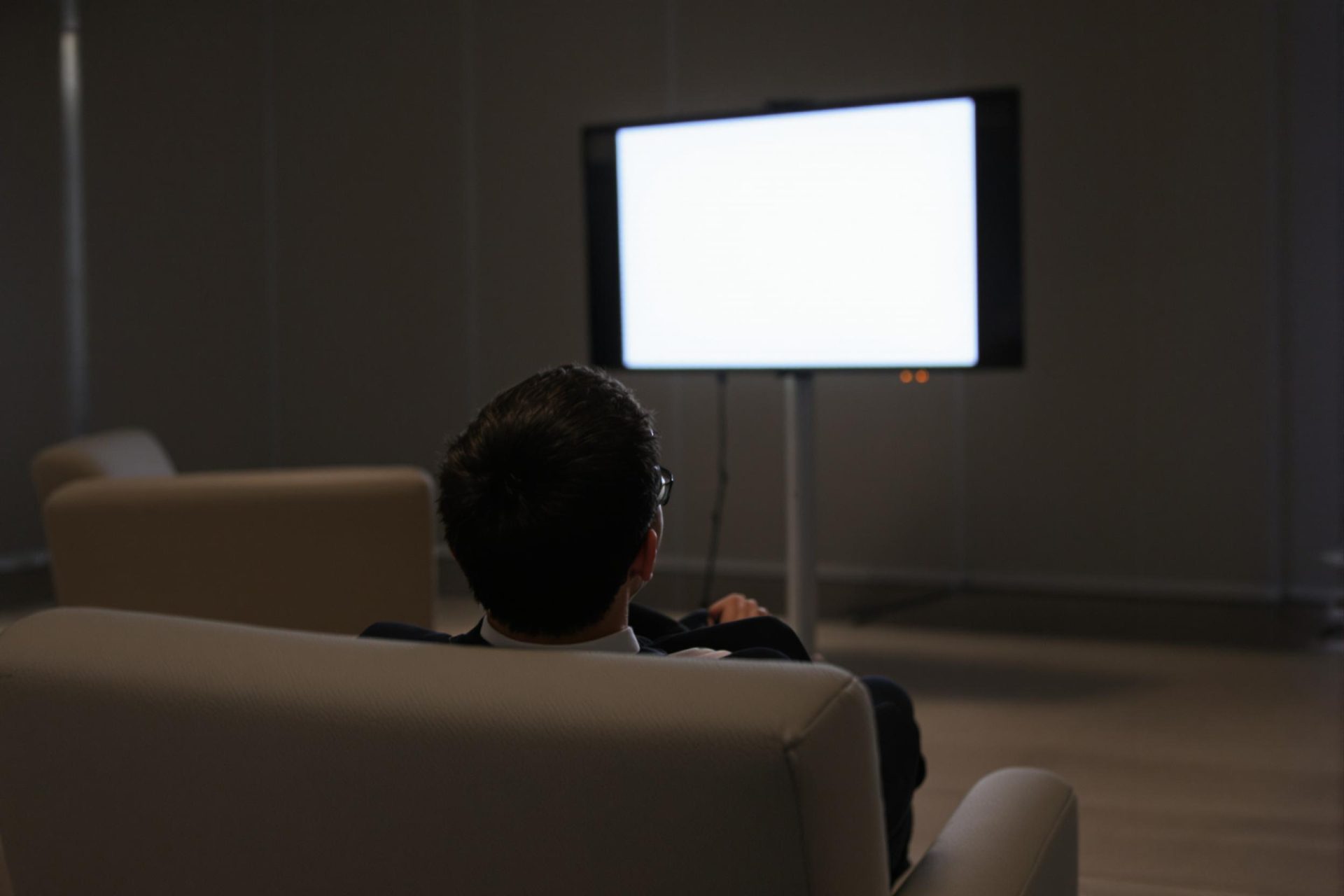Key Takeaways
- A nonverbal Neuralink patient with ALS, Bradford Smith, is using Elon Musk’s AI chatbot, Grok, to help draft communications on social media.
- This technology offers increased speed in communication but also raises questions about authenticity and authorship, as AI suggestions might influence a user’s words.
- Smith acknowledges using Grok to draft responses, stating he is responsible for the content but used AI to help formulate it.
- The patient has also regained a sense of freedom, using the brain-computer interface to control a computer, edit videos, and even use an AI-cloned voice.
- The combination of brain-computer interfaces with AI tools like Grok and ElevenLabs brings up new ethical considerations about true self-expression for those who have lost their voice.
Bradford Smith, the third patient to receive Elon Musk’s Neuralink brain-computer interface, is leveraging another of Musk’s technologies, the AI chatbot Grok, to enhance his communication.
Smith, who has amyotrophic lateral sclerosis (ALS) and cannot speak, uses Grok to help draft his responses on X, Musk’s social media platform. “I am typing this with my brain,” Smith posted. “It is my primary communication. Ask me anything!”
While this technology can significantly speed up his ability to express himself, it also introduces potential downsides. As Futurism reports, drawing from an MIT Technology Review article, there’s a concern that AI suggestions could blur the line between Smith’s own thoughts and what Grok proposes.
Eran Klein, a neurologist at the University of Washington, told MIT Technology Review that combining brain-computer interfaces with AI promises faster communication but involves a “trade-off between speed and accuracy.” Generative AI might compromise authenticity by putting words into the user’s mouth.
Smith himself confirmed Grok’s role in his communications. “I asked Grok to use that text to give full answers to the questions,” he explained to MIT Technology Review. “I am responsible for the content, but I used AI to draft.”
This situation is further complicated by Elon Musk’s ownership of Neuralink, xAI (the maker of Grok), and X. This raises questions about potential influence over Smith’s communicated messages, especially since he is nonverbal.
Despite these ethical considerations, the small chip implanted in Smith’s head has provided him with a significant sense of personal freedom. He’s even started sharing content on YouTube, editing videos on his MacBook Pro by controlling the cursor with his thoughts.
In one video, an AI-generated voice, cloned from recordings of Smith’s voice before he lost it due to ALS, narrates his actions. This voice cloning was done with help from the startup ElevenLabs.
Smith shared an instance where he used AI for a creative suggestion: “My friend asked me for ideas for his girlfriend who loves horses,” he told MIT Technology Review. “I chose the option that told him in my voice to get her a bouquet of carrots. What a creative and funny idea.”
The use of tools like Grok and ChatGPT by individuals like Smith to regain their ability to communicate highlights fascinating questions about true authorship and the nature of self-expression for those who have lost their physical voice.



